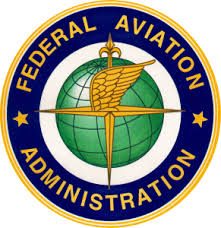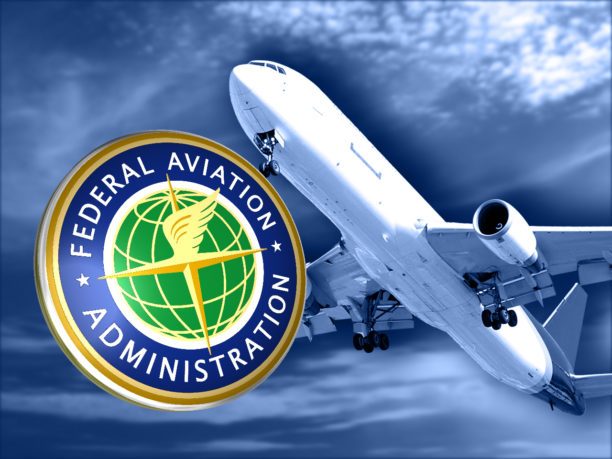
FAA veteran Dan Elwell has been Acting Administrator since Administrator Michael Huerta left in January of this year, after serving for 7 years. While Elwell seems to have been well-respected, and was said to be the first choice of Department of Transportation Secretary Elaine Chao, he apparently didn’t have the President’s support for the position. The Wall Street Journal reports that Elwell “quietly pulled out of the running for the post weeks ago because there was no consensus for his candidacy, according to government and industry officials tracking the process.”
President Trump’s original proposal that his own corporate pilot John Dunkin be assigned to the role also seems to have fallen flat. The current top pick, reports the Journal, is Steve Dickson: a Delta pilot who later served as Senior VP of Global Flight Operations, before retiring from that position last month. While the White House says that no decision has been made, insiders expect that Dickson is likely to be appointed.
It’s a big job. The FAA Administrator is in charge of a more than $16 billion dollar budget and more than 47,000 employees – as well as overseeing the projects and priorities of the agency. While the FAA finally has a funding package – the FAA Reauthorization Act of 2018 was passed last month – that lays out some of those priorities, the Administrator can set the tone of how those priorities are accomplished. For the drone industry, this could be critical.
Administrator Michael Huerta established a theme of cooperation between industry and agency several years ago, recognizing that in order for drone regulation to move forward, more help, data and input was required. The idea of absolute federal authority (instead of state or local authority) over the airspace softened slightly, with some willingness to incorporate input from state and local governments and programs like the Integration Pilot Program (IPP). Close and trusted relationships were established between manufacturers and drone industry players and regulators, which allowed at least for some balance between drone stakeholders and an airline pilots lobby that has often called for more control and harsher regulations for drones.
How the next Administrator will feel about drone integration, the speed of regulation, and the importance of the industry remains to be seen. When it comes to the FAA, we know only one thing for sure: sometime in his next speech to the drone industry, the phrase “safety is our top priority” will be featured.
Miriam McNabb is the Editor-in-Chief of DRONELIFE and CEO of JobForDrones, a professional drone services marketplace, and a fascinated observer of the emerging drone industry and the regulatory environment for drones. Miriam has penned over 3,000 articles focused on the commercial drone space and is an international speaker and recognized figure in the industry. Miriam has a degree from the University of Chicago and over 20 years of experience in high tech sales and marketing for new technologies.
For drone industry consulting or writing, Email Miriam.
TWITTER:@spaldingbarker
Subscribe to DroneLife here.
